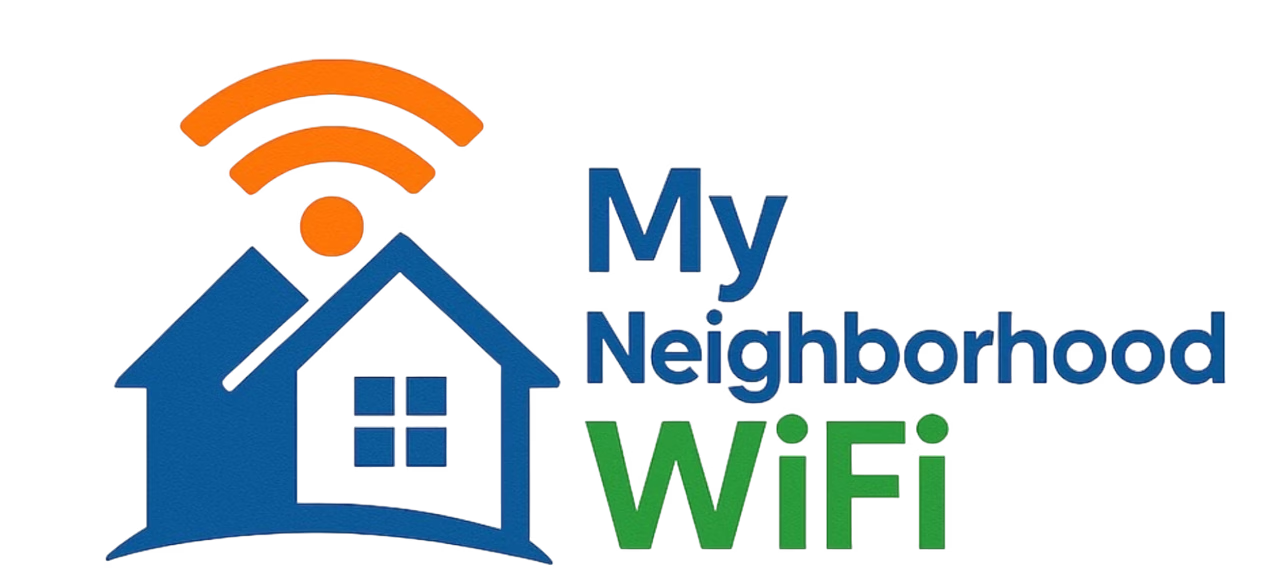
Top Satellite Internet Options You Should Consider for Reliable Connectivity
If you live in a rural or remote area, odds are you’ve come across the challenge of finding a reliable home internet connection. That’s exactly where satellite internet comes in. Unlike providers that rely on cables or fiber lines, satellite services beam connectivity from satellites orbiting above the earth directly to a dish at your home. This makes it accessible even in areas where traditional broadband just isn’t available.
In this guide, we’ll break down the best satellite internet options you should consider today, how they work, and what you should know before signing up for one.
Why Choose Satellite Internet?
Satellite internet fills an important gap in the world of connectivity. Here’s why some households rely on it:
- Universal availability: Works virtually anywhere with a clear view of the sky.
- No wired infrastructure required: Great for rural regions without fiber or cable infrastructure.
- Quick setup: Only requires a dish, a modem, and a subscription.
How Satellite Internet Works
The process is surprisingly straightforward:
- A signal is transmitted from your home dish to a satellite in orbit.
- The satellite relays your request down to a ground station connected to the internet.
- The requested data is then retransmitted back through the satellite down to your dish.
The primary difference between satellite and wired internet is latency—since signals must travel thousands of miles to space and back, response times can be slower than fiber or cable connections.
Top Satellite Internet Options to Explore
Here are some of the most reliable satellite internet providers you can explore today. Each has different coverage, speeds, and pricing suited to varied user needs.
1. Nationwide Satellite Providers
National providers cover rural regions across the United States and have been serving satellite users for years. These providers offer packages with varying data allowances. They’re ideal for households where streaming in HD is less of a priority, but where stable browsing, video calls, or schoolwork still matter.
2. Emerging Satellite Networks
Recently, newer providers have begun launching constellations of satellites in low Earth orbit (LEO), which dramatically reduces latency compared to traditional geostationary satellites.
- Lower latency: Data travels less distance, so it feels closer to traditional broadband.
- Improved speeds: Designed with streaming and gaming in mind.
3. Regional Satellite Services
Smaller providers serve specific regions with service packages tailored to rural living. While speeds may not match newer technology, availability and affordability keep them practical alternatives.
What to Consider Before Choosing a Satellite Internet Plan
Before signing up, make sure satellite connectivity fits your lifestyle:
- Data allowances: Some plans limit the amount of data you can use each month.
- Speeds: Satellite providers vary, but download speeds are generally lower than fiber-based services.
- Latency: Expect higher transmission lag compared to cable or fiber, which can affect real-time gaming or video conferencing.
- Installation: Requires professional setup of a dish at your home with a clear view to the sky.
- Weather interference: Heavy rain or storms may interrupt service temporarily.
Satellite Internet vs. Other Types of Connectivity
Satellite isn’t the only option, but it’s often the most accessible in off-grid areas. Here’s how it stacks up against other technologies:
| Connection Type | Strengths | Weaknesses |
|---|---|---|
| Satellite | Available almost everywhere, especially rural and remote areas | Higher latency, weather can interfere |
| DSL or Cable | Lower latency and often better speeds, more reliable for streaming | Not available in many rural areas |
| Fiber | Fastest speeds and reliability, excellent for gaming and streaming | Extremely limited availability outside urban and suburban regions |
| Fixed Wireless | Quick to install, good rural coverage in specific areas | Line of sight issues, not as widely available as satellite |
Tips for Getting the Most Out of Your Satellite Internet
Once you sign up, you’ll want to maximize your experience. Here are some smart tips:
- Position equipment carefully: Ensure your dish has a clear view of the southern sky.
- Use data wisely: Download large files during off-peak hours to avoid hitting monthly data caps.
- Optimize Wi-Fi: Pair your service with a good home router so you can distribute the connection efficiently in your household.
- Use offline features: Video platforms like YouTube and productivity apps often allow offline downloads.
What Customers Are Saying
Before committing to a plan, hearing from real users can be helpful. Communities like Reddit and Quora offer firsthand insights on factors like installation, reliability, and performance in various regions.
Final Thoughts: Is Satellite Internet Right for You?
Satellite internet has come a long way from being a last-resort option. While it won’t replace fiber or cable in terms of speed and reliability, it is still the most dependable way to get online in areas without wired infrastructure. If you’re working remotely, attending online classes, or just need a stable way to stay connected in a rural location, satellite internet provides a solution worth considering.
By carefully comparing providers, weighing your data needs, and factoring in service limitations, you can find a plan that keeps you connected no matter where you live.
“Most inquiries are answered within the same day”
Written by admin
Content writer and tech enthusiast sharing insights on internet connectivity.



